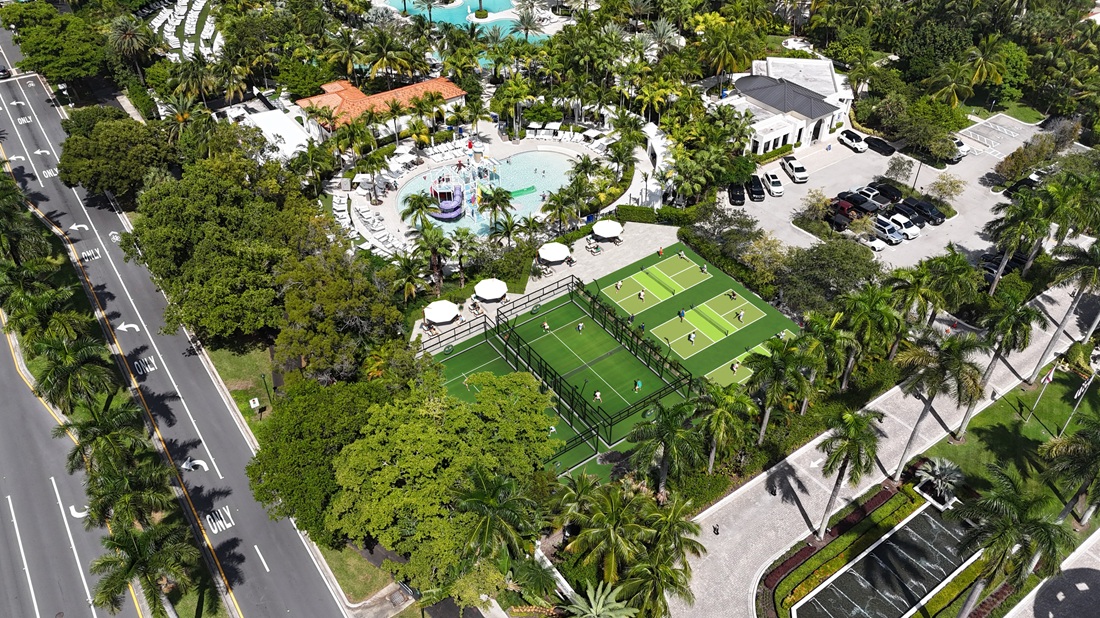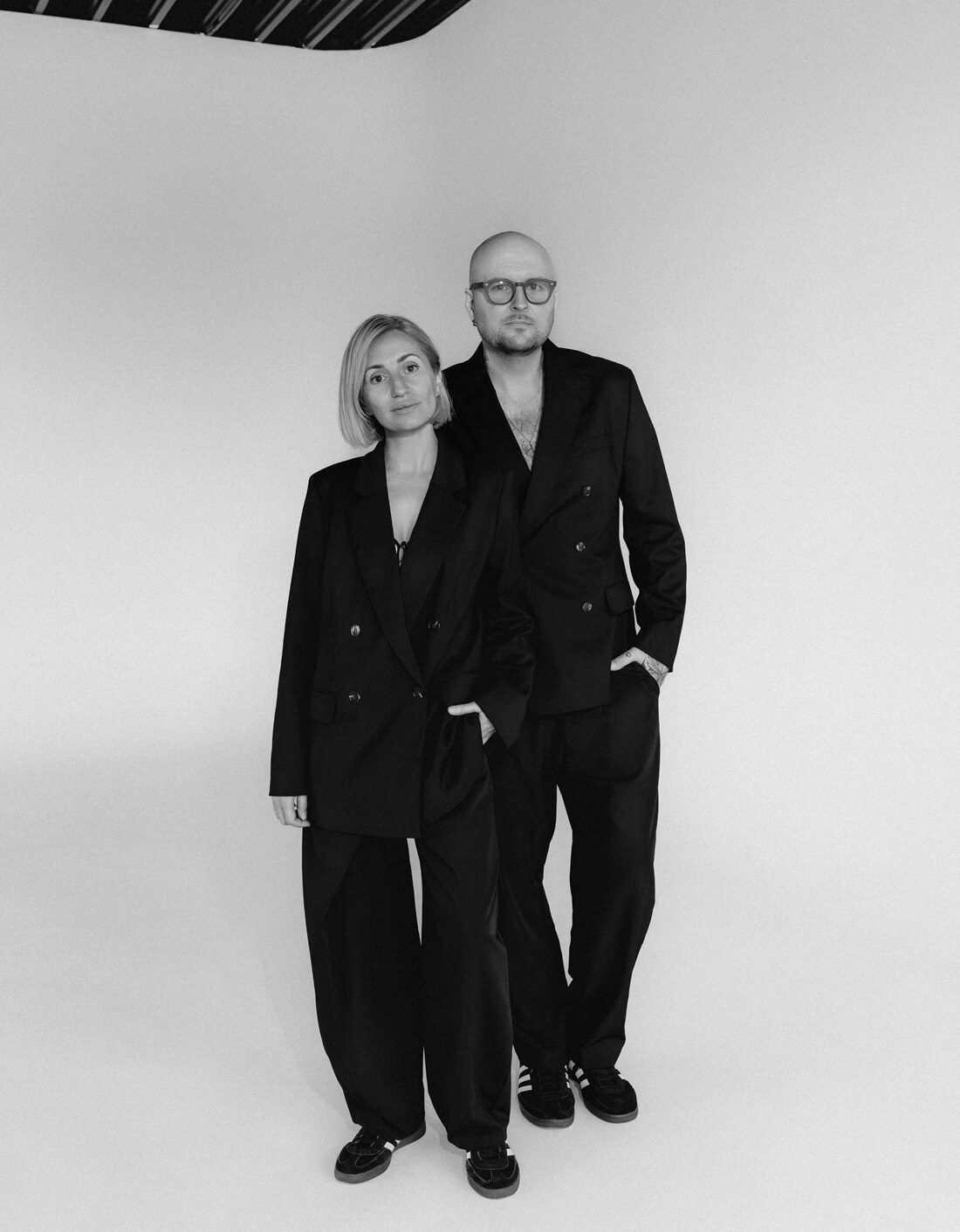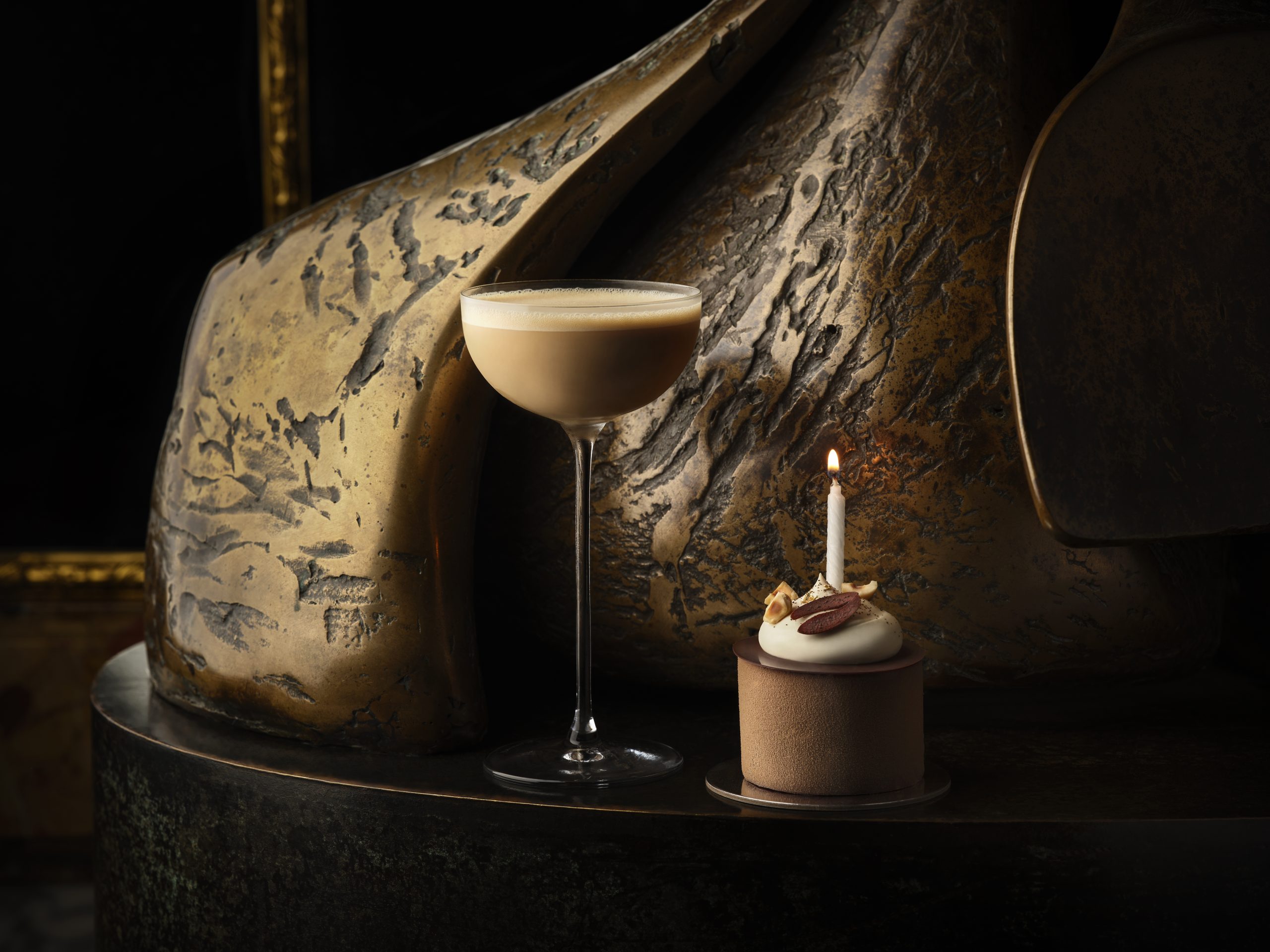Dining on Design
For Waterbar, he envisioned a cross between a Hong Kong fish market and a fine dining establishment, a concept that he felt was absent from the local dining scene. “I felt that San Francisco didn’t have any exceptional, or even really very good, seafood restaurants on the water. The waterfront restaurants capitalized on the tourism and being close to the Bay, but I didn’t want this to be any run-of-the-mill seafood restaurant, and I didn’t want to compete with Farallon.” His concept is brought to life through the restaurant’s design centerpiece: 19-foot-tall, floor-to-ceiling circular aquariums that are filled only with species found in the local part of the Pacific Ocean, updated accordingly as the seasons change. Behind these sit four large aquariums that house the actual menu products. Diners have the option of approaching the tanks and selecting their fish from the salt and fresh water tanks. “The concept was to have you go pick out a live fish and all but prepare it on the spot,” Kuleto recalls, “but many times my concepts get lost in the translation by chefs who say it is simply too hard. But Waterbar offers fresh, live seafood on the Bay, and we wanted it to be very product-driven. We literally pull the fish out of the tank and filet it, bring it to the table, and serve it up special.” To create the ever-changing menu, Kuleto partnered with Chef Mark Franz, who previously oversaw the kitchen at Farallon, which earned him accolades such as “Chef of the Decade” award in 2002 by the California Culinary Academy.
Next door at EPIC Roasthouse, the design takes on a more rugged aspect, with a wood-fired grill and fireplace serving as the focal point. Chef Jan Birnbaum’s menu reflects the “modern roasthouse” concept that Kuleto infused into the exhibition-style kitchen’s design through a custom-built wood-fired grill and large wood-burning oven. The restaurant itself features rich leathers, open beamed ceilings, and striking pillars that invoke the thought of water pipes, a play to the waterfront locale.
Considering that these are the first new buildings on the San Francisco waterfront in 100 years, it is no wonder that there was a huge tangled web of government agencies that Kuleto and team had to sift through in order to get the establishments open. From concept to fruition, EPIC and Waterbar took five years, a lengthy engagement that can only be topped by the seven-and-a-half years it took to get Nick’s Cove up and running. “It’s all because of proximity to water. If anybody ever brings me a location that has so much as a damp spot on the road in front of it, I am passing!” he jokes.
While working on these establishments for the majority of the last decade, he was also mulling on three additional projects, including one Tao-inspired nightclub, restaurant, and banquet space, all of which have been put on hold due to the economic climate. But he does have a top-secret venture about to debut in Mexico. While details are scarce, he shares that it is related to the restaurant and hotel business, and that we should receive the official announcement in spring 2010. While throughout the course of his career, Kuleto’s projects have mainly focused on the highest tier, this will open up a new market for the restaurateur, successfully changing the hospitality game that he plays so well. Considering he is at the top of it right now as evidenced by these three properties, we are all looking forward to seeing what comes out of Kuleto’s corner next.












